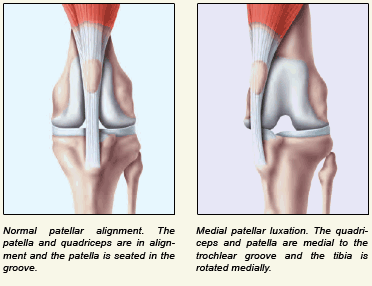Natural Treatment and Prevention of ‘Swimmer’s Ear’ (Otitis Externa) in Dogs
The L-shape of dog’s ear canal is designed to protect their highly developed sense of hearing. Unfortunately, this design may also cause water to be trapped in the ears when bathing or swimming, resulting in inflammation and infection of the outer ear canal’s lining. This type of infection is Otitis Externa, often referred to as ‘Swimmer’s Ear’.
D

og Ear Structure Diagram: Sunshine Connelly
Causes of Dog ‘Swimmer’s Ear’
If your dog swims in natural waters, such as lakes or ponds, bacteria may be introduced along with the water.
Chlorinated pools pose a risk due to chlorine killing off beneficial bacteria in the ear.
The longer the water lingers in your dog’s ear, the greater the risk of fungal, yeast or bacterial growth. Dogs usually remove water by shaking their head but swelling, wax, or existing infections may trap the water.
Long, floppy ears increase the possibility of moisture remaining in the dog’s ear after swimming or bathing.
Natural Prevention of Swimmer’s Ear in Dogs
Keep ear hair clipped if your dog has a lot of fur in their ear to improve air circulation. Be sure to use blunt-tipped scissors, an electric trimmer, or see a professional dog groomer. Do not attempt to clip deep in the ear.
Dietary support that includes natural anti-inflammatory, anti-bacterial and anti-fungal properties, prebiotics and probiotics will help your dog fight off infection.
After the dog’s ears have been exposed to water, let him shake them out. Then give the ears a good cleaning with a drying agent, such as a 1:1 blend of organic apple cider vinegar or white vinegar with sterile water. Vinegar also serves as an anti-bacterial and anti-fungal agent, and balances the ear’s pH to prevent yeast. Some holistic veterinarians also suggest making a pure, green tea that can be cooled and dropped into the ear. You can also use a 1:1 solution of sterile water and isopropanol (rubbing alcohol) but many find that to be too drying unless combined with a drop of virgin olive oil or pure Aloe Vera.
. Use a soft plastic dropper and massage the base of the ear to distribute. Clean around your dog’s ears and dry thoroughly with a clean cloth. Do not use cotton swabs.
In spite of all your efforts, your dog may still develop a ‘Swimmer’s Ear’ infection.
Dog with Otitis Externa Ear Infection
Symptoms of an Otitis Externa ear infection may include:
Excessive ear scratching or rubbing ears against objects
Head shaking or tilting
Odor that may remind you of yeast, sweat socks or a sewer
Redness & bleeding
Swelling
Matted fur around the ears
If you suspect an ear infection of any kind, please see your veterinarian.
Sources: Harris, Viv BVSc Natural Remedies Dogs and Cats Wish You Knew: A Holistic Care Guide. 2008. Messonnier, Shawn DVM. Natural Health Bible for Dogs & Cats: Your A-Z Guide to Over 200 Conditions, Herbs, Vitamins, and Supplements. 2001. Tilford, Gregory. Wulff, Mary. Herbs for Pets: The Natural Way to Enhance Your Pet’s Life. 2009. Winter, William G. DVM The Holistic Veterinary Handbook. 1997.
















